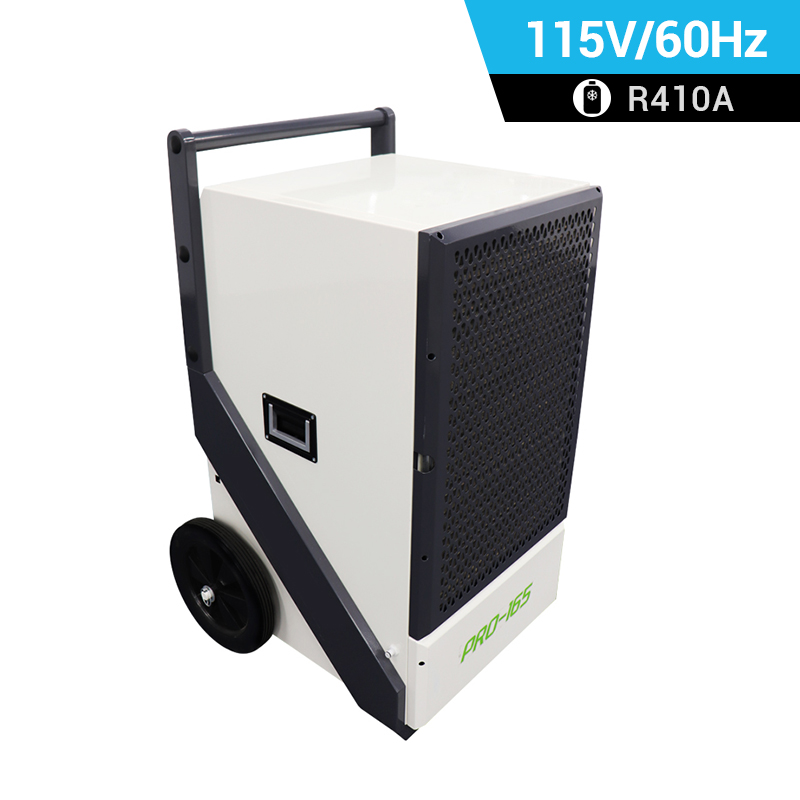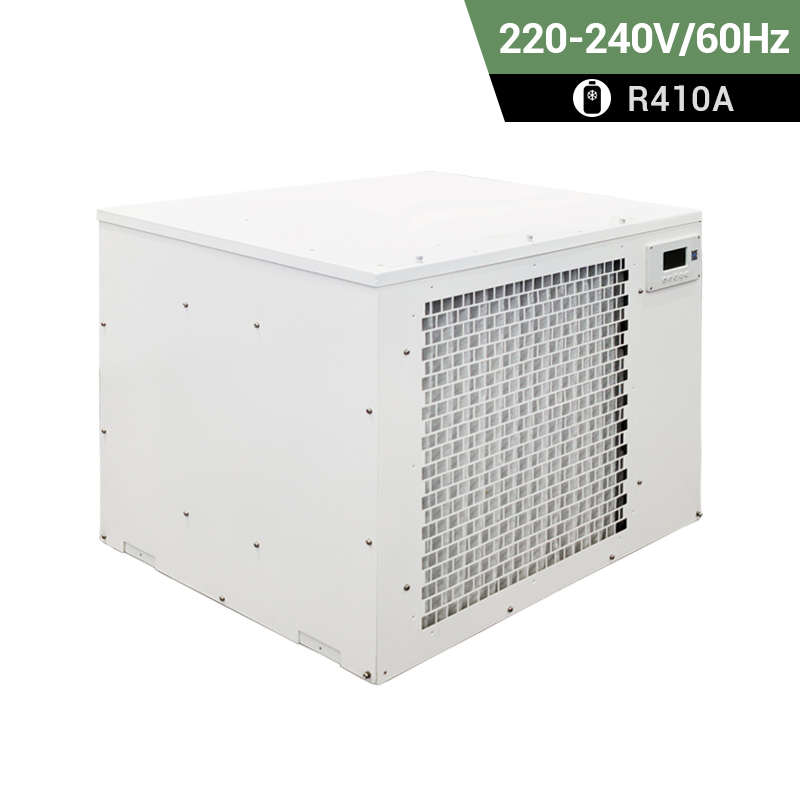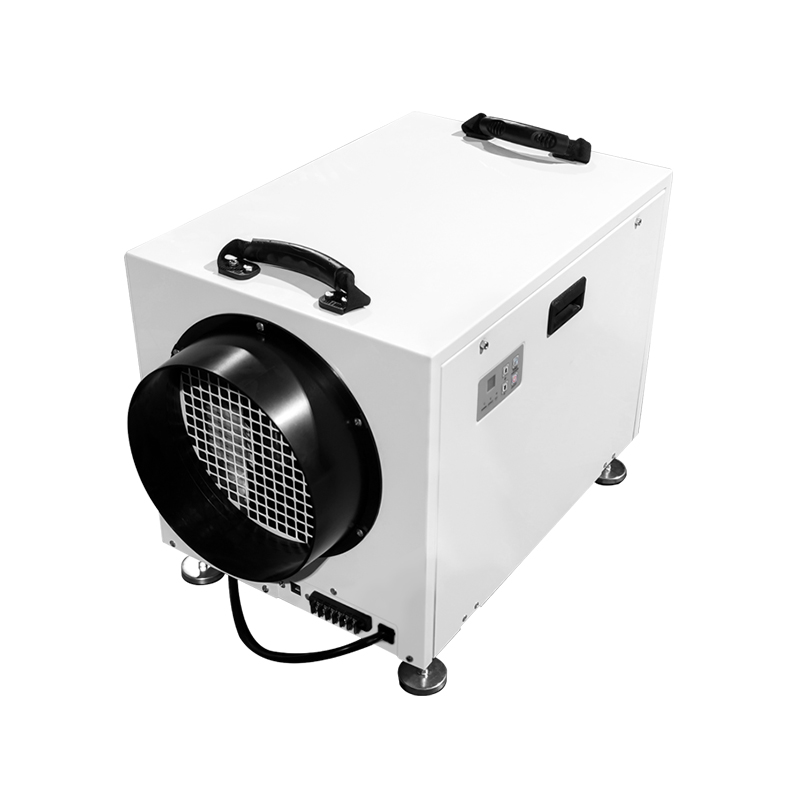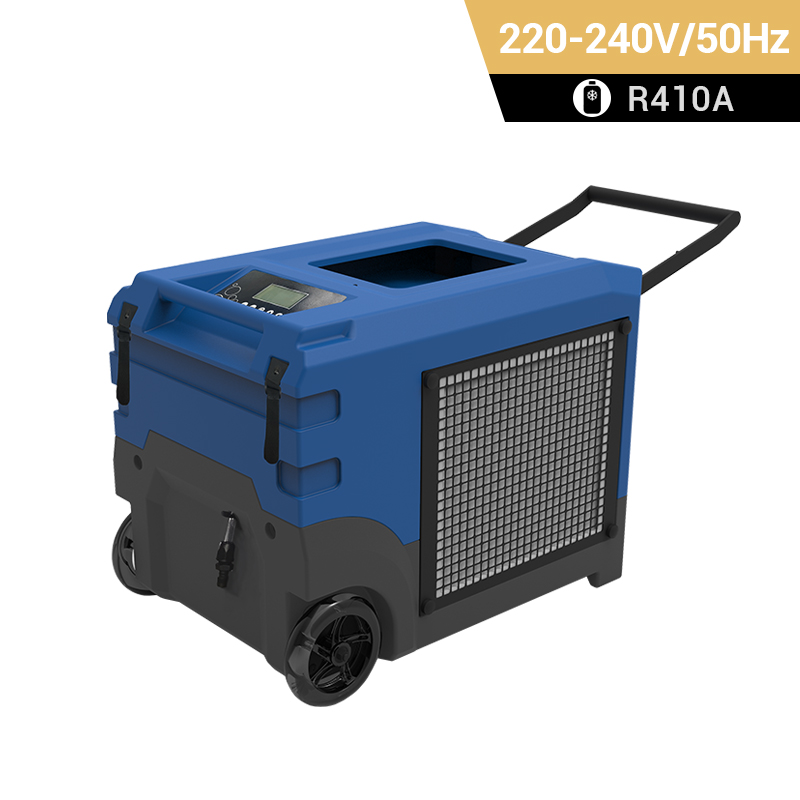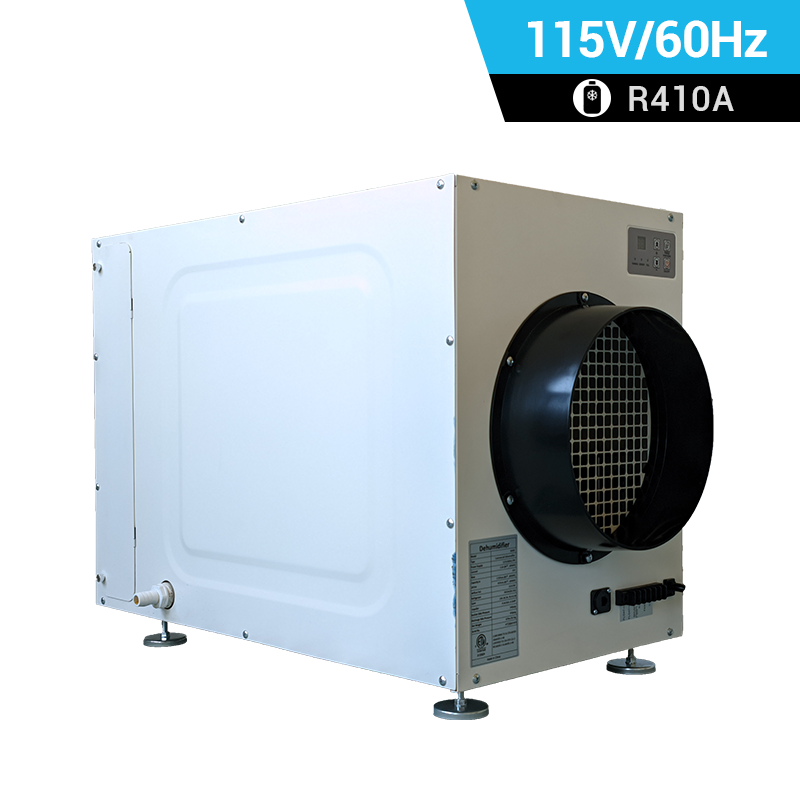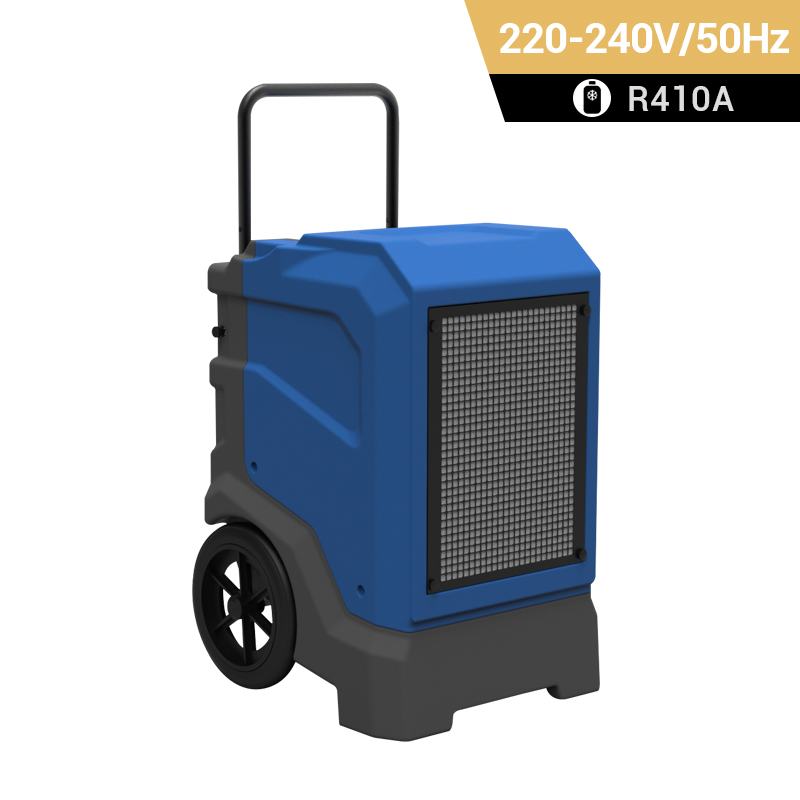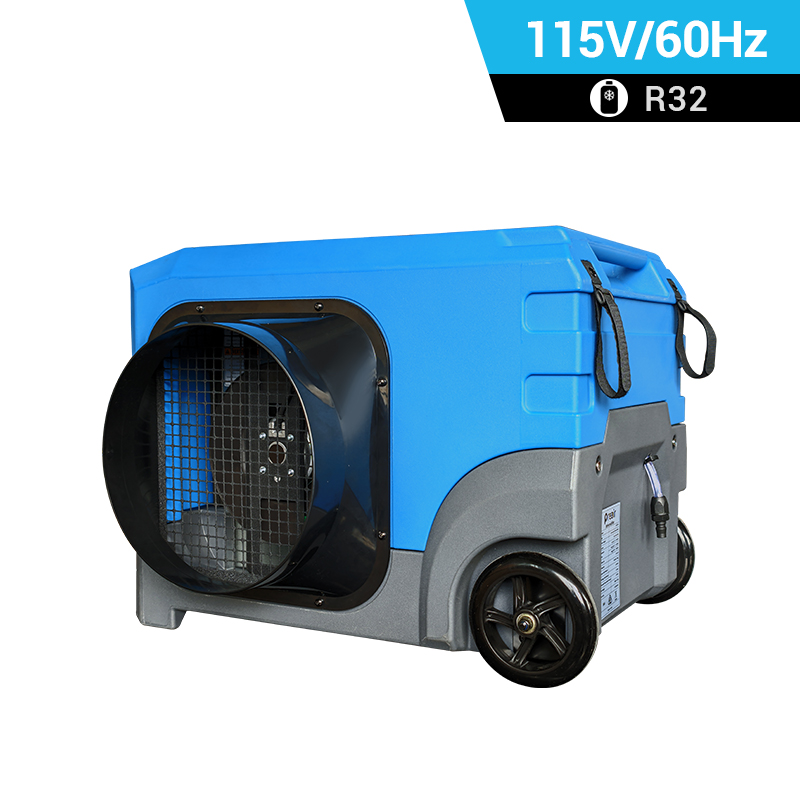dehumidifier for grow room
Is dehumidifier good for grow room?
Humidity has a significant impact on flower development
In greenhouse cultivation, humidity is often overlooked. It differs from the way light or temperature is perceived, leading some growers to underestimate its impact on crops. However, for flowers that must look perfect, humidity is a key factor.
Humidity regulates the way flowers transport nutrients and metabolism, ultimately determining their level of development. That's because they collect nutrients from the water absorbed through the roots. But in order to absorb this water, they need to be able to transpiration.
Like most plants, flowers evaporate water vapor through the stomata on their leaves. This generates a tension called xylem tension, which causes water to move upwards from the soil, pass through the roots, and spread throughout the entire plant, distributing nutrients when necessary.
When the relative humidity is high, it means that the air is filled with water vapor or close to saturation, and flowers will not be able to transpiration. When transpiration stops, nutrients stop flowing, and the development of flowers slows down or even completely stops. Needless to say, this can lead to smaller, healthier, and less beautiful flowers.
Greenhouse humidity causes flower diseases
The impact of humidity on flowers is not limited to their metabolism. It also leads to issues that flower growers are very familiar with - mold and diseases. Some of the most common and destructive flower diseases, such as powdery mildew and gray mold, require high humidity to erupt.
Diseases and mold can cause flowers to become smaller, have blemishes, decrease color saturation, and even wilt, rot, and die.
Most diseases related to humidity occur in the presence of water. But once they take root, even after removing water, they may continue to develop and spread spores. Therefore, ensuring that relative humidity is maintained at a low level and never reaches 100% is crucial for disease prevention.
Optimizing Greenhouse Flower Planting Using Preair
The greenhouse dehumidifier uses refrigeration to generate controlled condensation within the device. They effectively remove water vapor from the air without exchanging air with the outside.
Therefore, by using wall mounted dehumidifiers, flower growers can reduce and control greenhouse humidity levels internally without losing any heat due to ventilation.
Insulating the greenhouse and using Preair allows growers to always have complete control over their environment. This will bring more benefits, including energy conservation, reusable water in dehumidifiers, and of course, a large number of flowers that grow consistently, are beautiful, healthy, and full of vitality.
Related Products

Top Selling Products
-

Phone
-

E-mail
-

Facebook
-

Youtube
-

Top






